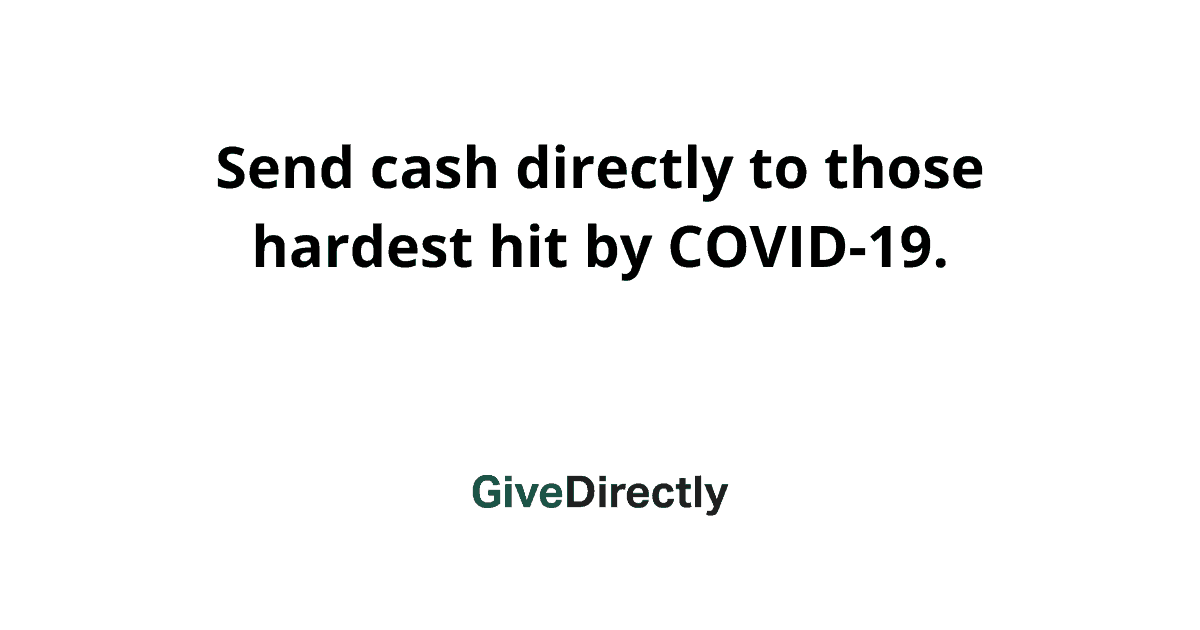“The process of building new homes is full of uncertainty and unexpected obstacles. Regulatory barriers make it riskier, longer and more expensive, which has consequences for housing affordability.” (Jenny Schuetz)
Listening to: Russ Roberts and Jenny Schuetz discuss land regulation, the housing market, affordable housing and land cartels (EConTalk, 30 March 2020).
Shared Article from Econlib
Jenny Schuetz on Land Regulation and the Housing Market - Econli…
Jenny Schuetz of the Brookings Institution talks with EconTalk host Russ Roberts about zoning, boarding houses, real estate development, and the housi…
econtalk.org
Some roughly stated, sloganeering lessons you might take from the conversation. Or at least that I took. (Where I’m not quoting, these are in my own words, not Schuetz’s or Roberts’s.)
- Schuetz argues that
The process of building new homes is full of uncertainty and unexpected obstacles. Regulatory barriers make it riskier, longer and more expensive, which has consequences for housing affordability.
- Unaffordable housing markets, gentrification and displacement are the result of a spiraling cost crisis in urban housing, and the cost crisis is the result of a suffocating crisis of supply in urban housing, especially in medium density in-fill building.
- A lot of the crisis of supply can be explained by explicit legal or bureaucratic barriers to entry, which burn out the supply of a large Missing Bottom and Missing Middle of affordable homes. **The Missing Bottom would be boarding houses and rented rooms, SRO flop hotels, and other entry-level means of Scratching By in the housing market. The Missing Middle would be duplexes and triplexes, row-houses, big old houses subdivided and refitted into smaller attached dwellings, and other ways of building for higher density within neighborhoods currently reserved exclusively for single-family detached housing.
- A lot more of the crisis of supply can be explained by the Fog of Regulation — where there aren’t explicit prohibitions spelled out ahead of time, in nearly every city there is a constant time-consuming and bewildering gauntlet to run with multiple regulatory bodies with overlapping jurisdictions and tremendous discretionary power to advance, delay, modify or veto new building and expansion of existing buildings.
- Many housing market regulations attempt to solve the problem of housing costs by attempting to directly control costs, without addressing the underlying problem of in-fill building or housing supply. This approach may seem logical and direct in the short-term, but addressing the symptoms (high costs) rather than the root causes (choked-off supply and deformed market structures) has profoundly damaging long-term effects. These often including the perverse unintended consequence of driving up overall housing costs for every generation after the immediate recipients of the initial benefits.
From the conversation, on industry structure and the effects of time lags imposed by the paperwork chase involved in going through multiple authorities and multiple regulatory committees:
Jenny Schuetz: The time makes it really difficult for developers to get their product on the market when it needs to be available. So, in an ideal universe, a developer would start building a couple of years before they anticipate the market really needing more units. By the time the units are finished and ready, they can rent them up and fill them and they don’t sit vacant for awhile.
One of the things that we learned in the Great Recession, many of these big projects are taking a decade or longer. So, people started working on projects in the late 1990s, early 2000s, and those projects finished just as we hit the Great Recession, and then buildings just sat empty. Had they finished four years earlier, they could have at least gotten people in there. Even if they took a hit on the price, they would at least have bodies moving into the new buildings. ? Russ Roberts: But, there’s also just the forgone rent–fhe fact you’re not earning anything over this period. All that money that’s being spent without any return, the longer that goes–so, let’s say you spent, you could spend it all up front to make it simple: you just had to pay a big fee and it would cover your architect and your lawyers and your surveyors and whatever else was needed, and then of course, the raw materials, but you can’t build for two years. Well, now let’s say but you can’t build for five. You can’t build for 10. Every extension of that downtime where nothing is coming in, only stuff is going out, is stuff that you need to be compensated for in the–and the marketplace will compensate you for that because otherwise you’re losing money.
Jenny Schuetz: That’s right. I mean, this is a risky business because the developers essentially have to front a lot of this. They take on loans once you get to, say, the construction stage, so you can get a from a bank to do the actual building; but banks don’t like to lend for, sort of, the development process, the approvals–
Russ Roberts: For maybes. They don’t like maybes.
Jenny Schuetz: Exactly. So, banks don’t want to lend you money to spend the next five years paying consultants and lawyers to go through a process, and then at the end of the process they still say no and you can’t build anything.
So, developers essentially have to come up with the equity to do that themselves. You can imagine this really limits the sphere of who can be a developer and who can build. So, you have to have pretty deep pockets, or you have to be a company that has a bunch of projects going on in different stages of completion.
So, there’s actually a nice paper out by an economist at the Federal Reserve Board, who looks at how the big home-building companies essentially cross-finance different parts of their company. So, you have cash flows coming in from one project. You use that to finance the development of the next one. But, most developers work in one location, and they don’t want to take on too many of these projects simultaneously because any one of them could wind up being a bust.
Russ Roberts: And, the area itself could be a bust in a certain period of time, and you’d like to have some diversification and be in lots of cities. But, since they’re all complicated in different ways, it’s hard to be involved in lots of different cities at the same time. So, you tend to have all your eggs in that one local basket.
Russ Roberts: And, also thinking about this, you realize that the number of firms that can acquire the kind of expertise you need to deal with this regulatory thicket, it’s something akin to the pharmaceutical industry, where, you know, if you’re not big and large to spread the cost of FDA [Food and Drug Administration] compliance over lots of products, you’re done.
And so, for better, for worse, what we’ve done with the pharmaceutical industry is we’ve created a world where the large firms, they do their own research; but part of what they really are, tragically to me, is compliant experts, compliance experts. They know how to get through the FDA. A small firm can’t do that, can’t afford it, can’t acquire the expertise easily. And they are going to develop some products. They’ll sell those to the larger firm because they’re the ones who know how to shepherd it through the different trials, clinical stage of clinical trials.
Something similar is going on here, it would seem to me, where the regulatory burden can only be borne by large–a very small number of large firms. Which, of course, reduces competition and raises prices a little further probably.
— Jenny Schuetz, interviewed by Russ Roberts. Jenny Schuetz on Land Regulation and the Housing Market
EconTalk, March 30, 2020
Later on in the conversation:
Jenny Schuetz: I hear that argument a lot, that this is just landlords being greedy and trying to squeeze extra money.
It’s certainly true that landlords would rather charge a higher rent and take a profit if they can. But, landlords can only charge what the market will bear. So, in a well-functioning market, if a landlord charges $2,000 for a studio apartment, somebody else can charge $1800 for a studio apartment and they’ll take the tenants.
So, landlords can only get away with that if there’s a limited number of apartments and more people wanting to rent them than there are units available.
I will say that I’ve looked at the dispersion of rents within metropolitan areas–so not just what the median rent is, but the 75th percentile, and the 25th percentile. And, you see, when you look at the bottom end, that there’s really a floor below which rents don’t fall. Even in places like Detroit where land is basically free.
So, it’s hard to pay the minimum operating costs on an apartment for less than about $500 a month. So, if you think of just paying the mortgage on the building, the property taxes, water and sewer, common electricity and so forth, the stuff that the landlord has to pay to cover the cost of operating it, doesn’t go below about $500 a month.
Russ Roberts: As opposed to abandoning it because it’s a losing proposition.
Jenny Schuetz: That’s right. As opposed to just closing it down and taking it off the market altogether.
So, and that’s for sort of apartments that are good enough to meet our quality inspections. You probably, you’ve got some illegal rentals that are cheaper than that, but they’re cheaper than that because mostly they’re in pretty poor shape.
So, but, when you look at a place like San Jose, so the 25th percentile of rents in San Jose is about $1,200 a month, right? That’s close to the bottom. That’s not because it costs landlords $1,200 a month to run the apartment. That’s because there’s such limited supply that they can charge that. The best way to fight against greedy landlords is to flood the market with supply of new apartments and take away their market power.
— Jenny Schuetz, interviewed by Russ Roberts. Jenny Schuetz on Land Regulation and the Housing Market
EconTalk, March 30, 2020


